Taking young children to the beach can be a joyful experience filled with laughter, exploration, and fun. However, ensuring the safety of your toddler is of utmost importance. One way to enhance that enjoyment is by using the right beach toys. Toddler beach toys not only keep children entertained but also encourage imaginative play. This article will explore essential safety tips for selecting and using toddler beach toys, ensuring you have a worry-free day at the beach.
Choosing Safe Beach Toys
Inspect for Safety Features
When selecting beach toys for toddlers, safety should be your top priority. Before purchasing, check for safety features such as non-toxic materials and rounded edges. Many toys are made from plastic, which can sometimes contain harmful chemicals. Look for toys that are labeled as BPA-free or made from natural materials.
In addition, inspect each item for small parts that could pose a choking hazard. Toys with small components should be avoided for toddlers under three years old. Sturdy construction is also important; choose toys that are durable and resistant to breaking, which can create sharp edges. Taking these precautions will set the foundation for a safe beach outing.
Consider Age Appropriateness
Always consider the age appropriateness of the toys you choose. Certain toddler beach toys are specifically designed for toddlers, featuring easy-to-hold handles and bright, engaging colors. Buckets, shovels, and beach balls are classic options that encourage physical activity while remaining safe for younger children.
Checking the packaging for age recommendations is essential. These labels provide guidance on which toys suit your child’s developmental stage. This careful selection will ensure your toddler enjoys toys designed with their safety and enjoyment in mind.
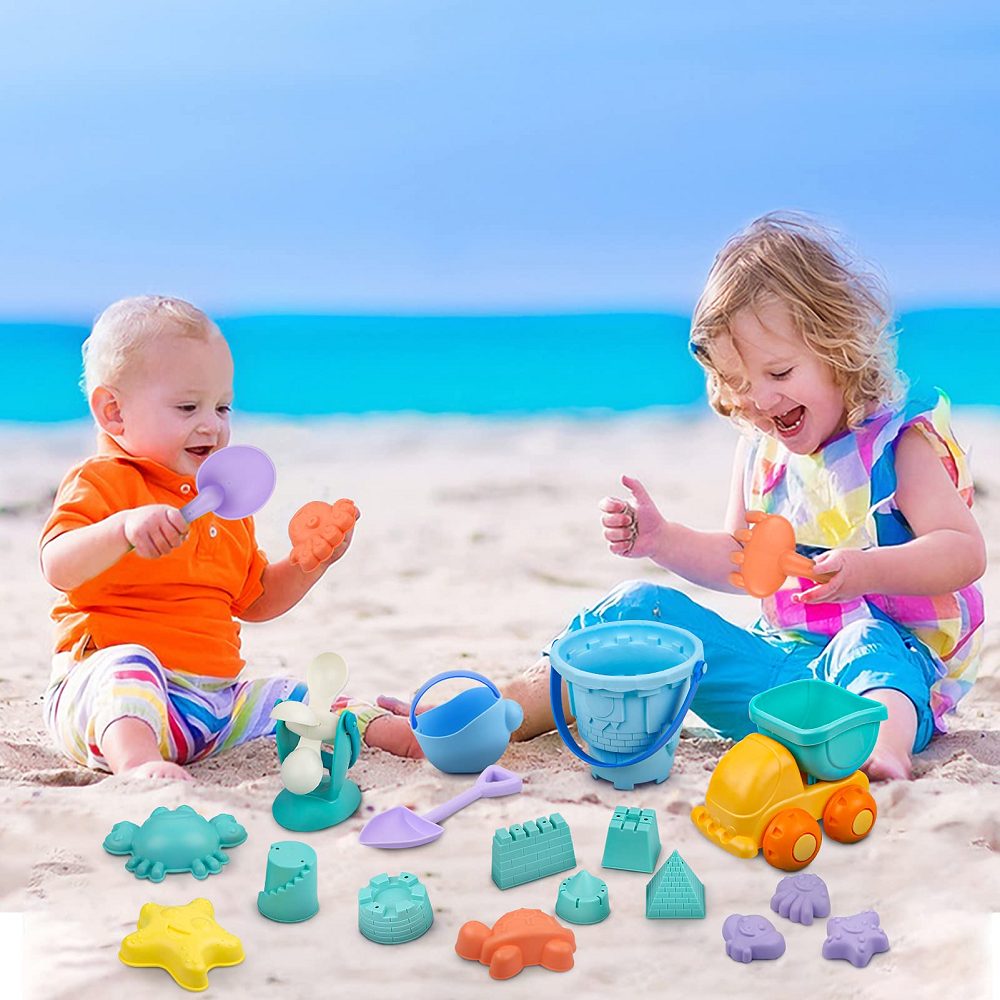
Supervision Is Key
Keep a Close Eye on Children
Even the safest toys require vigilant supervision. When at the beach, parents and caregivers must keep a close eye on their toddlers. Young children can quickly wander off, especially when they are excited. Maintaining awareness of your child’s location ensures they remain safe while playing.
Establishing boundaries is also helpful. While your toddler is playing with beach toys, ensure that they understand the area where they can explore. Mark these boundaries with a towel or beach blanket to create a designated play space. This approach helps maintain focus and reduces the chances of them drifting too far.
Enlist Help from Others
If you’re visiting the beach with family or friends, enlist their help to keep an eye on your toddler. Having multiple adults around provides an extra layer of security. Establishing a buddy system, where designated adults take turns watching the children, can help ensure that each child is monitored effectively.
Open communication is vital in these situations. Keep everyone informed about safety concerns and share updates on where the children are playing. Sharing the responsibilities allows for a more enjoyable time at the beach, making it easier for everyone involved.
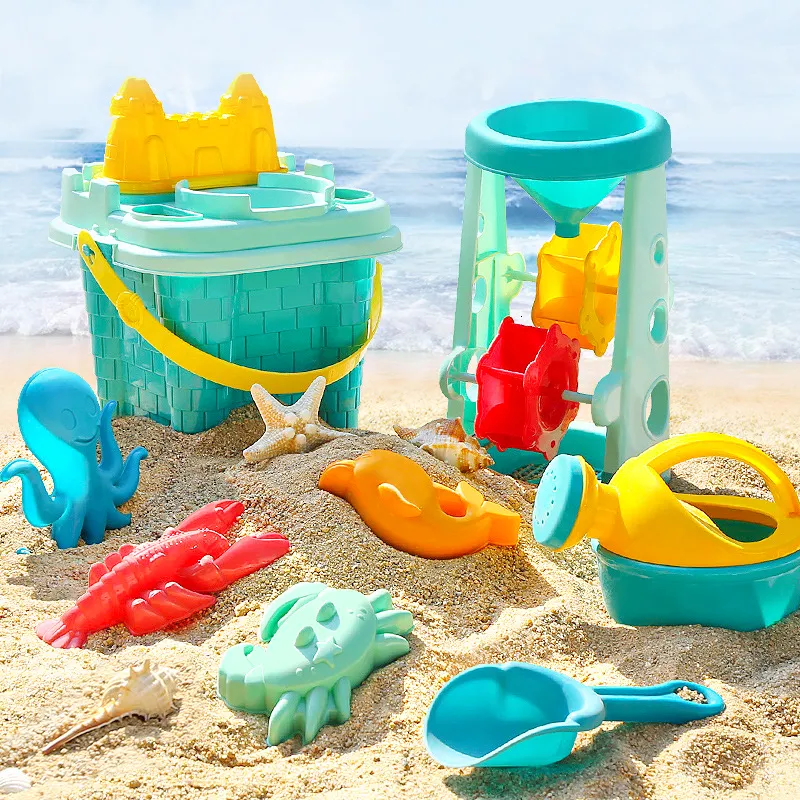
Hydration and Sun Protection
Provide Plenty of Water
Keeping children hydrated is crucial, especially while playing on a hot day at the beach. Drinking water before, during, and after outdoor activities helps prevent dehydration. Encourage your toddler to drink water frequently, especially if they are actively playing in the sand or running in the sun.
Consider bringing a colorful water bottle that your child can recognize and enjoy using. Making hydration fun can encourage them to drink more often. Monitor their fluid intake throughout the day, knowing that children may not always express their thirst.
Using Sunscreen and Protective Gear
Protecting toddlers from sunburn is another important aspect of beach safety. Apply a broad-spectrum sunscreen with a high SPF to all exposed areas of the skin at least 30 minutes before sun exposure. Remember to reapply the sunscreen every two hours, especially if your child has been swimming or playing in the water.
In addition to sunscreen, consider using sun-protective clothing or hats. Lightweight long-sleeve shirts, sunglasses, and a wide-brimmed hat can all offer extra protection against harmful UV rays. Choosing the right protective gear will help ensure your child stays safe and comfortable while enjoying their beach day.
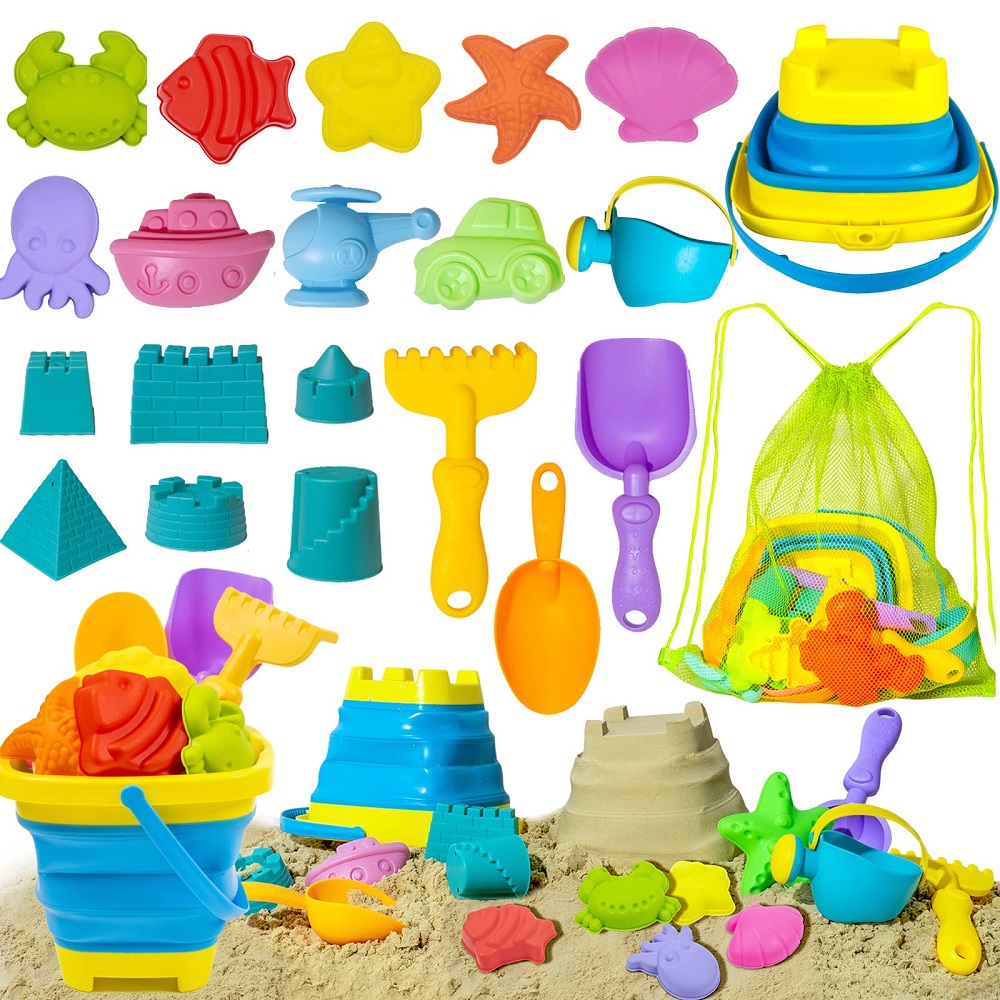
Selecting the Right Beach Toys
Focus on Fun and Engagement
When choosing toddler beach toys, focus on items that promote fun and engagement. Shovels and buckets for digging can foster creativity as toddlers build sandcastles or search for hidden treasures. Toys that encourage imaginative play, like beach balls or inflatable toys, are excellent options for active play.
Moreover, interactive toys that require cooperation with peers can help build social skills. For example, opting for larger-sized toys that can accommodate multiple toddlers can encourage teamwork and shared experiences. Interactive play not only enhances enjoyment but also promotes valuable developmental skills.
Durable and Water-Resistant Materials
Selecting toys made from durable and water-resistant materials is crucial. Sand and water can quickly damage inferior quality toys. Invest in quality items specifically designed for beach use, as they are more likely to last through repeated exposure to the elements.
Consider toys made from high-density polyethylene (HDPE) or ABS plastic, which are known for their strength and resistance to fading. After a day of play, rinse toys with fresh water to remove salt and sand. Proper care will extend the lifespan of toddler beach toys, ensuring they are ready for future outings.
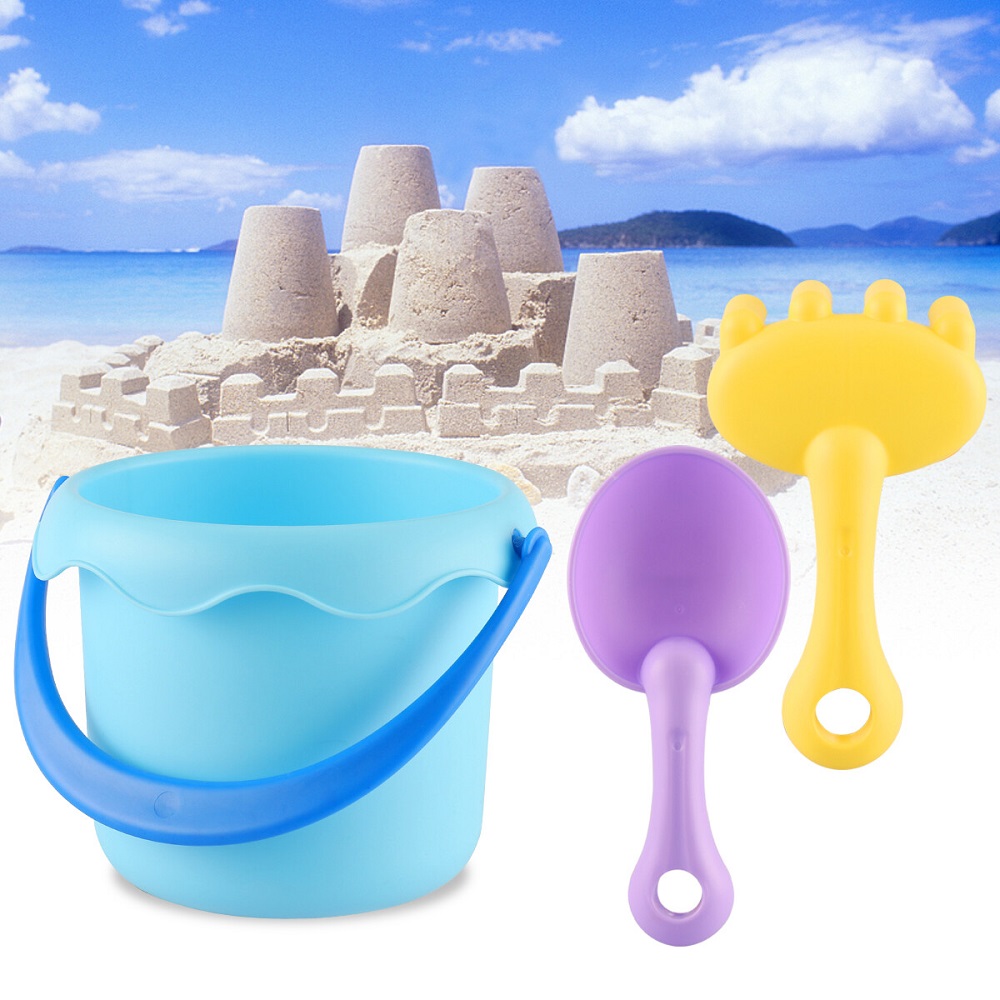
Organizing Beach Outings
Creating a Checklist
Before heading to the beach, create a checklist of essential items to bring along. Having a well-organized list helps to ensure you do not forget any critical components for a successful outing. Include items such as sunscreen, water, beach toys, towels, snacks, and a first-aid kit.
Involve your toddler in the packing process to engage them. Ask them which toys they want to bring or let them participate in choosing snacks. This involvement can build excitement for the upcoming beach day and help them feel included.
Arranging for Safety Gear
Besides packing toddler beach toys and essentials, consider bringing safety gear. Items such as floatation devices, life jackets, and first-aid kits can enhance safety. When engaging in water activities, having proper floatation devices readily available protects your child while they enjoy the waves.
Always assess the area of the beach where you’ll be playing. Identify the lifeguard’s location and ensure you are aware of safe swimming zones. Packing safety gear alongside standard beach items reflects good planning and preparedness.
Setting Beach Boundaries
Creating a Safe Play Area
One of the best practices for a safe beach outing is establishing boundaries for play. Designate a specific area for your toddler where they can safely enjoy toddler beach toys. Mark this area with towels or beach chairs to provide visual cues about where they can explore.
Be clear about what activities are permitted in this space. For example, determine whether your toddler can dig in the sand, play in the water, or build structures. Having clearly defined boundaries minimizes potential accidents and allows you to monitor their activities effectively.
Teaching Beach Safety Rules
It’s also a good idea to teach your toddler some basic beach safety rules. Discuss why they must stay within the designated area and what to do if they feel lost or need assistance. Reinforce the importance of staying near adults and understanding that not all areas in the water are safe for swimming.
These discussions can help instill a sense of responsibility in your child, enabling them to enjoy their beach experience while staying safe. Repeating these discussions regularly can help reinforce safety concepts for upcoming trips to the beach.
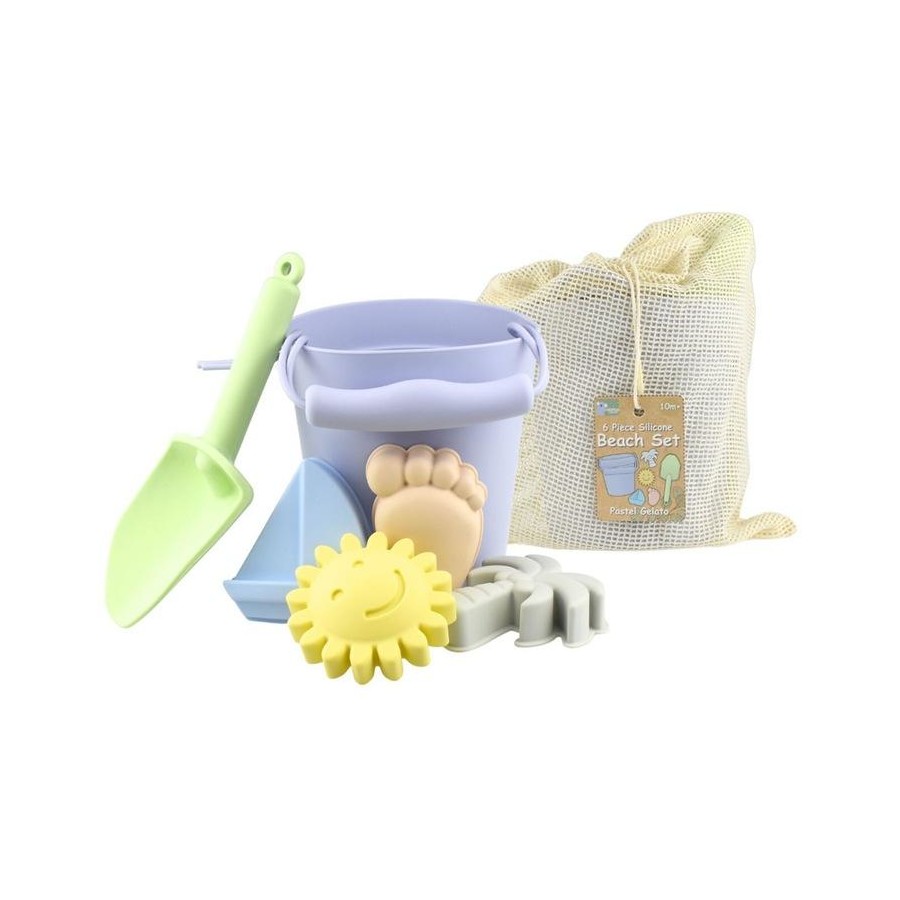
Enjoying Your Day at the Beach
Spending a day at the beach with toddlers can be a memorable experience filled with laughter and joy. To ensure safety and maximize enjoyment, consider the various tips discussed throughout this article. From selecting safe and engaging toddler beach toys to establishing boundaries and teaching safety rules, preparation is key to having a worry-free day.
By taking the time to choose high-quality toys, prioritize hydration, and create clear boundaries, you can ensure your toddler enjoys their beach outing safely. The beach offers countless opportunities for fun and adventure, and with proper planning, it can be both enjoyable and secure for your child.
Embrace the joy of beach outings with your toddler, knowing that you have equipped yourself with the knowledge needed to make the day a success. Let your imagination run wild as you create lasting memories at the beach with your little ones! So pack those toys, grab the sunscreen, and get ready for a fantastic beach adventure.
